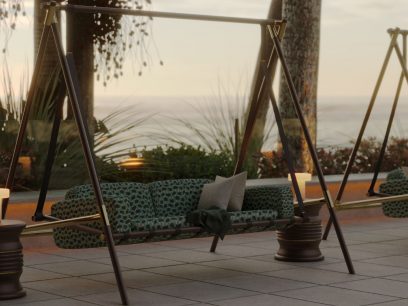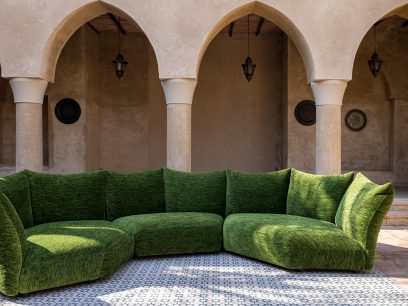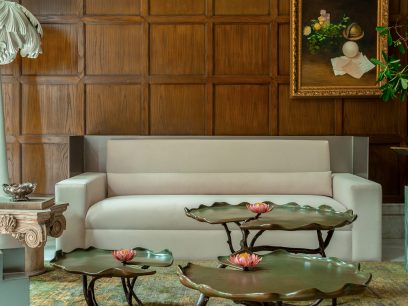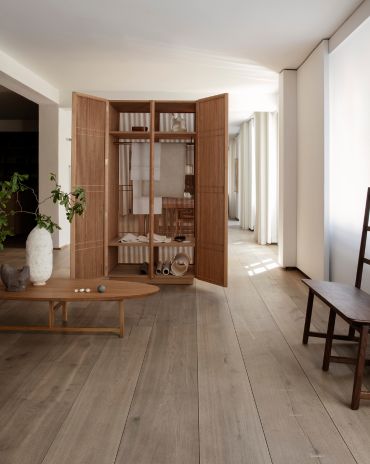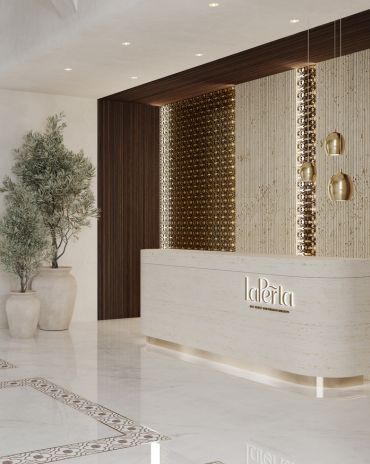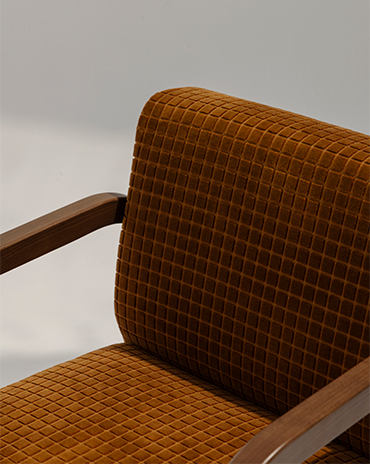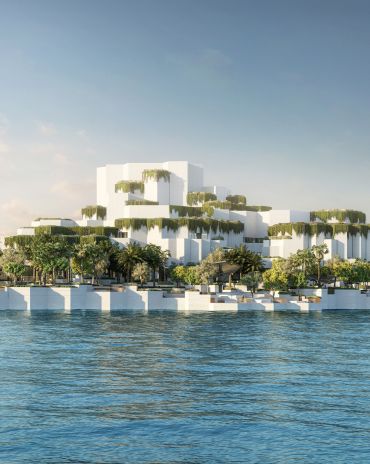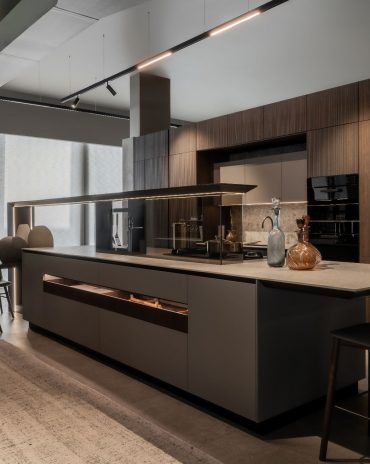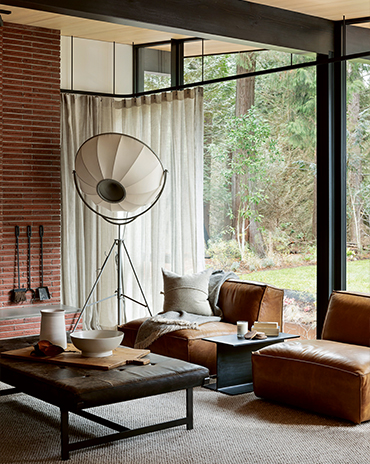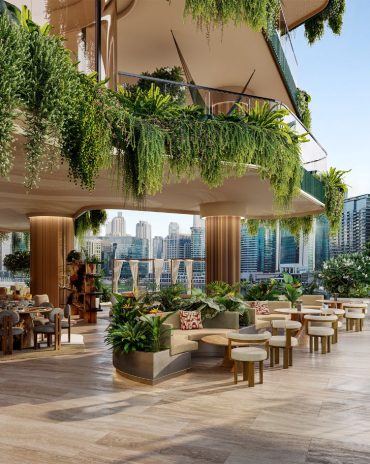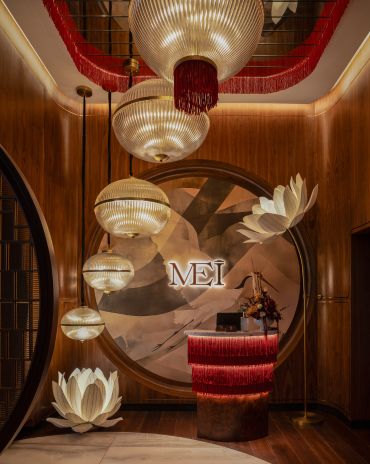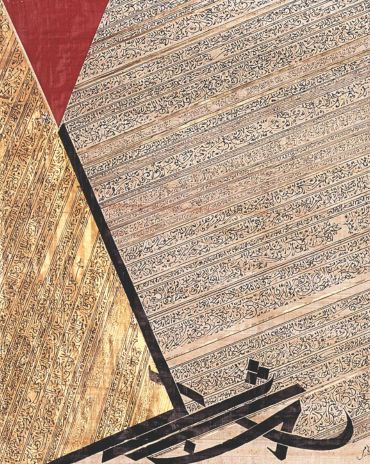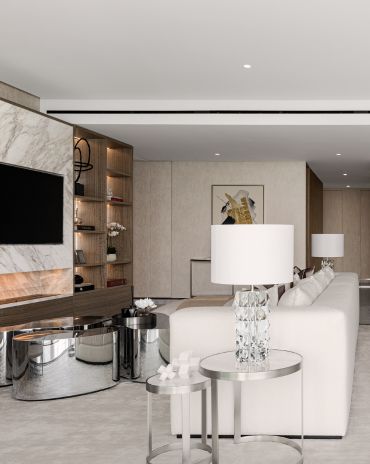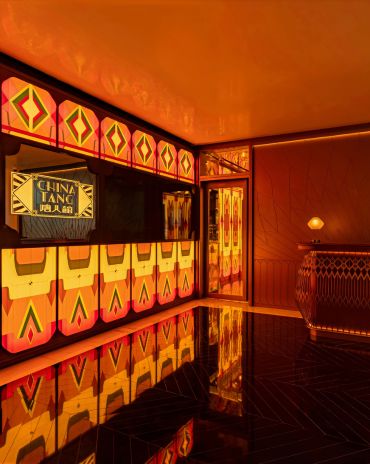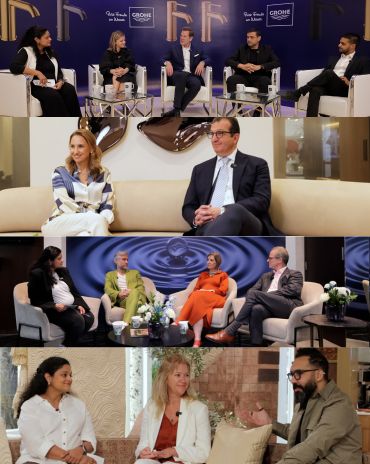Copyright © 2025 Motivate Media Group. All rights reserved.
Something Old, Something New
WAY Studio redefines Beijing’s courtyard heritage with modern elegance
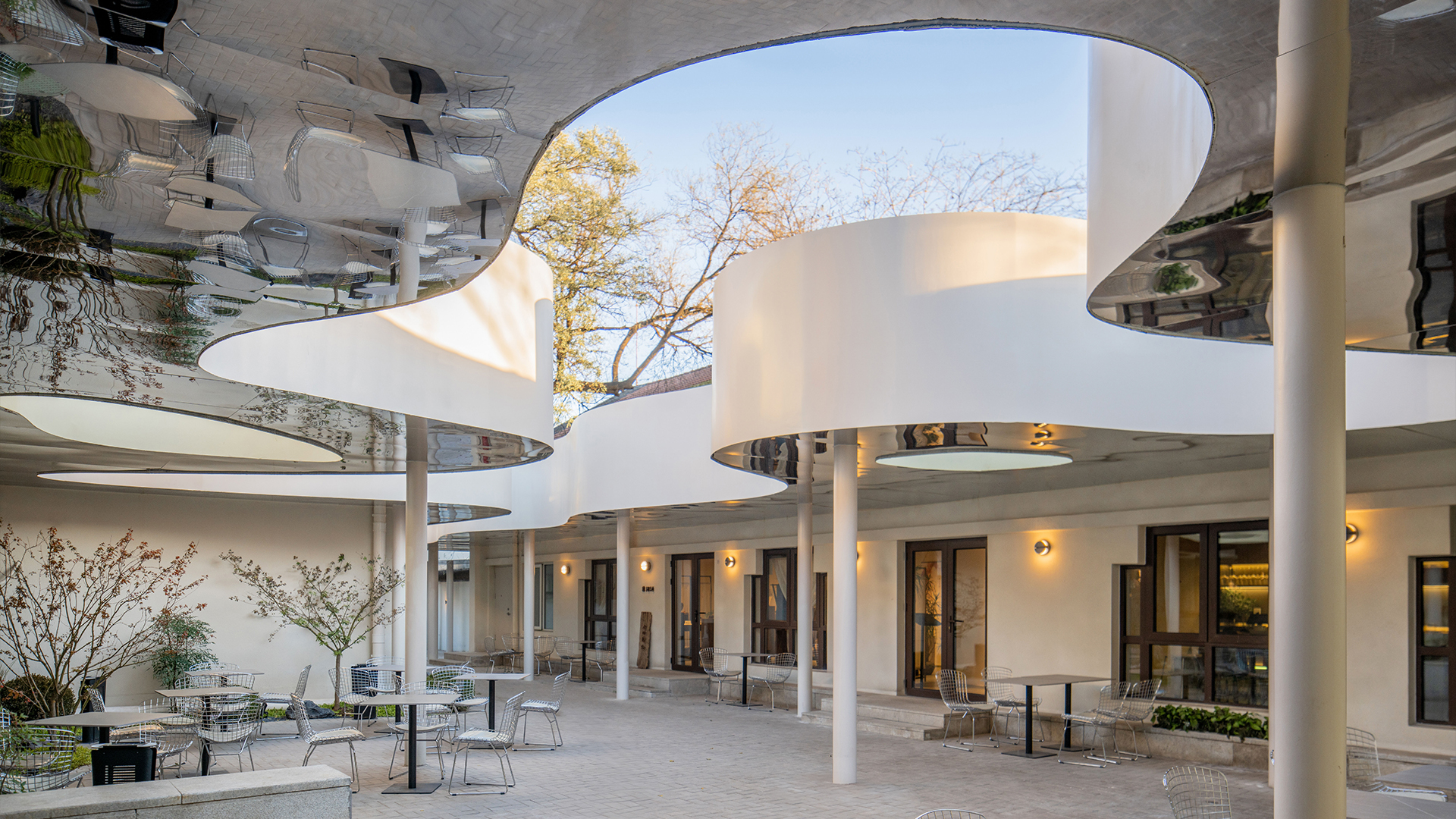
Located near the historic imperial palace and juxtaposed against the bustling commercial hub of Wangfujing, WAY Studio has transformed an old, secluded courtyard into a vibrant micro-mixed-use urban complex. Courtyard 35 honours the rich heritage of Beijing’s siheyuan (traditional courtyards) while challenging conventional notions of preservation. WAY Studio approached the design with the philosophy that preserving tradition is not about replicating historical forms but about fostering a spirit of innovation. By introducing new elements into the courtyard’s existing spatial order, the studio has created an interplay of old and new, exploring the relationship between natural and man-made spaces.
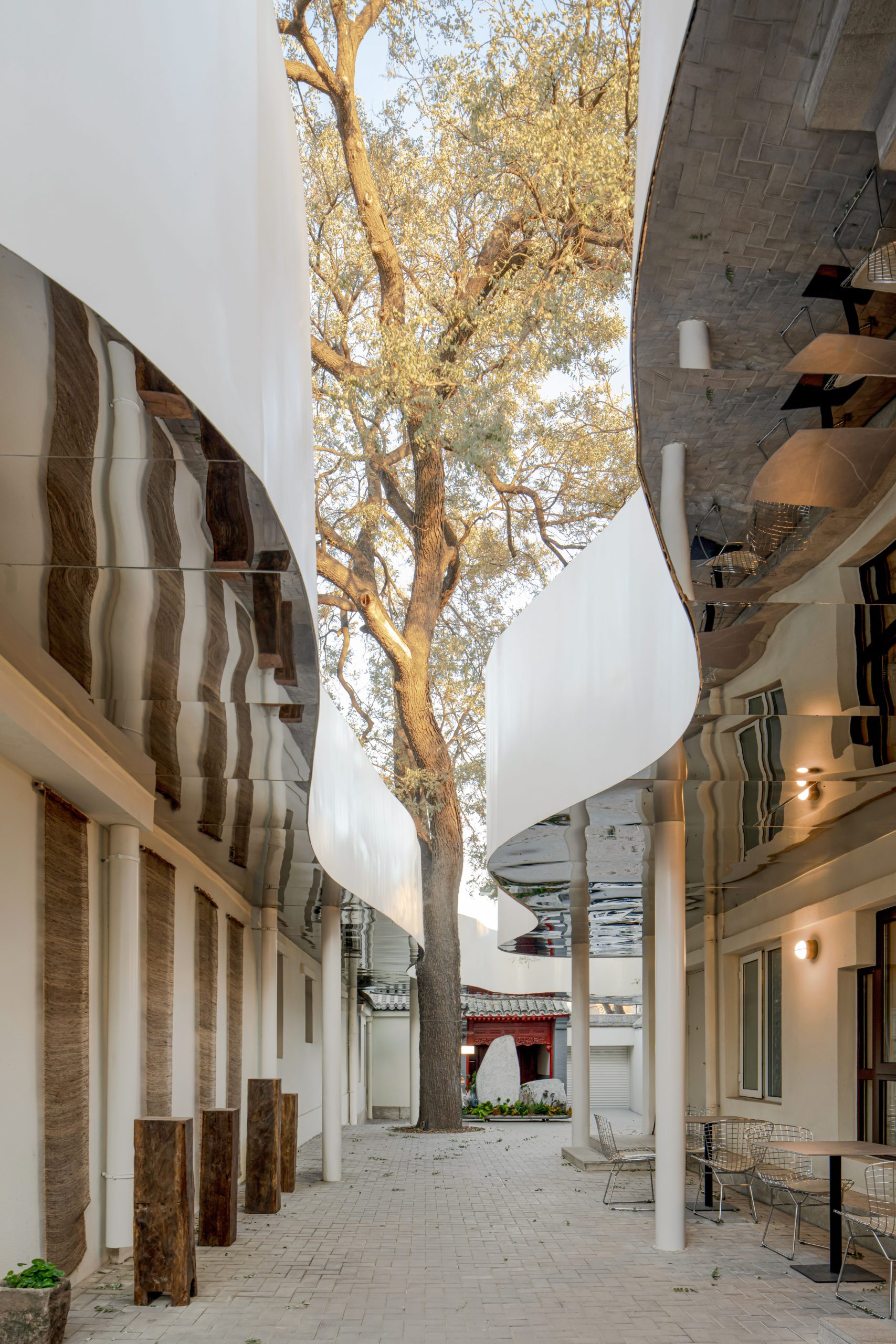
The courtyard’s undulating form is inspired by natural curves, creating a fluid dialogue between architecture and the natural environment
Originally an introverted, irregular courtyard marked by fragmented renovations, the space has been redefined with a focus on negative space. Rather than altering the existing buildings, the design centres on the cloud bridge, a striking installation that floats above the courtyard. This intervention reshapes the spatial flow, transforming the courtyard into a public gathering space and reconnecting it to the urban fabric of the city.
Serving as the heart of the transformation, the cloud bridge is both a functional structure and an artistic statement. Its organic, undulating form is inspired by natural curves, creating a fluid dialogue between architecture and the natural environment. Floating above the courtyard and embracing two towering ancient trees, the bridge offers visitors a fresh perspective, abstracting the surrounding architecture into a surreal landscape.
The reflective surfaces of the cloud bridge distort and reinterpret the traditional skyline, blending rooftops and treetops into a seamless, dreamlike composition. This design introduces a sense of elevation, allowing users to experience the courtyard from a vantage point that feels suspended between earth and sky.
The renovated courtyard is more than an architectural statement – it is a functional and dynamic urban space. Designed with a degree of ambiguity to maximise flexibility, the project incorporates four core components, including a coffee and teashop in the original guardhouse, an exhibition shop and restaurant as well as a VIP room and cultural exchange studio. These elements create a seamless integration of modern amenities with traditional spatial principles, catering to contemporary needs while fostering social interaction and cultural exchange.
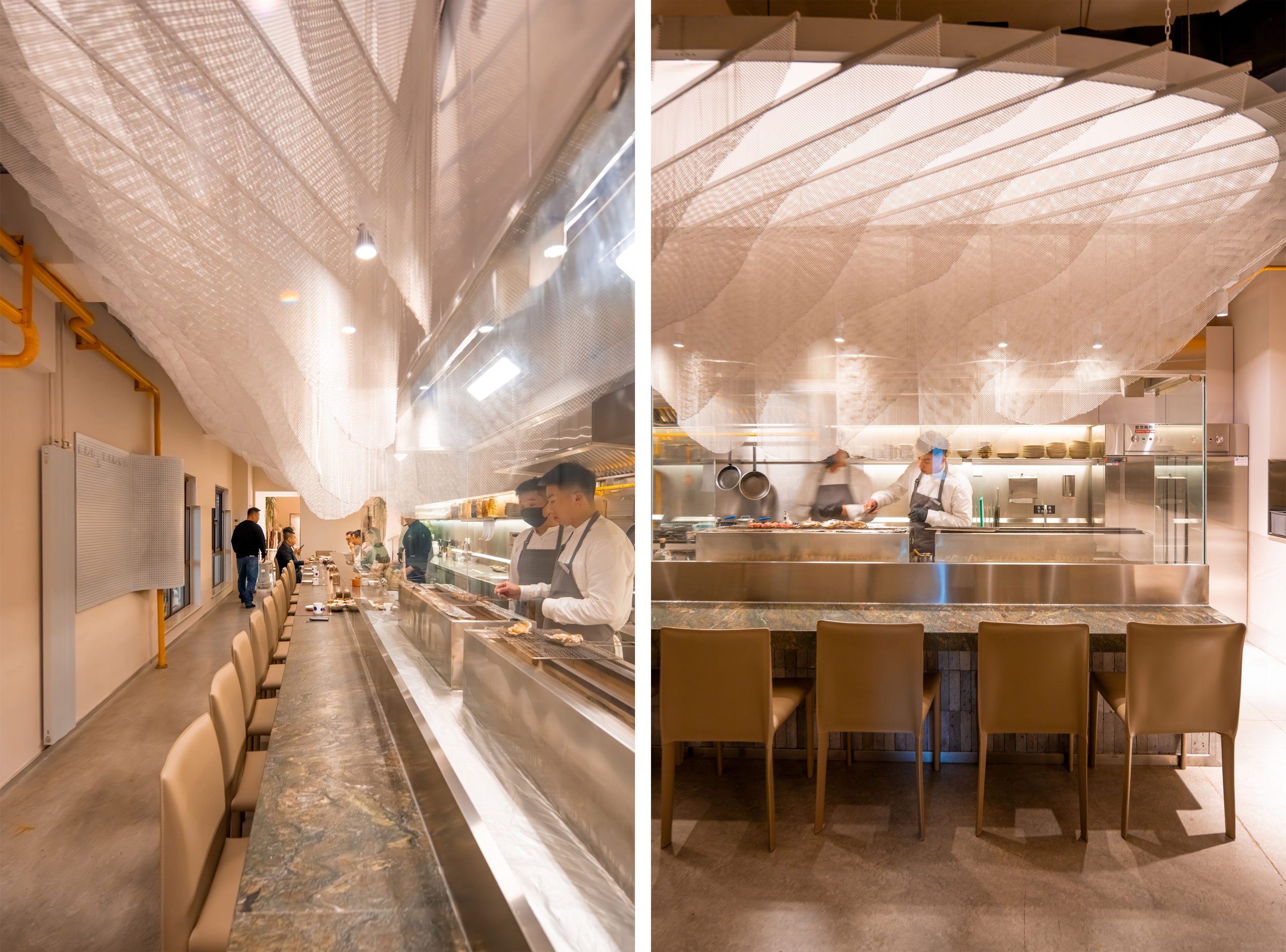
The restaurant that forms part of the urban space
The design for Courtyard 35 is also an attempt to explore Chinese aesthetic values, allowing people to break free from the conventional impression of ‘Chinese space’ and instead embark on an imaginative journey between modern functionality and the abstract and more impressionistic aspects of Chinese aesthetics. Chinese values are honoured by the flexibility of the space, where experience and functionality are integrated in a state of flux. The space invites visitors on an inspirational voyage, celebrating the fluidity of Chinese aesthetics and the harmony between functionality and experience.
Images by Yuan Gao, Zeng Hao and AkunLee
Read more architecture features here.
The Latest
Innovation Meets Indulgence
Here are the latest launches for the bathroom that have caught our eye this year
A New Standard in Coastal Luxury
La Perla redefines seaside living with hand-crafted interiors and timeless architecture
Things to Covet
Here are some stunning, locally designed products that have caught our eye
An Urban Wadi
Designed by Dutch architects Mecanoo, this new museum’s design echoes natural rock formations
Studio 971 Relaunches Its Sheikh Zayed Showroom
The showroom reopens as a refined, contemporary destination celebrating Italian craftsmanship, innovation, and timeless design.
Making Space
This book reclaims the narrative of women in interior design
How Eywa’s design execution is both challenging and exceptional
Mihir Sanganee, Chief Strategy Officer and Co-Founder at Designsmith shares the journey behind shaping the interior fitout of this regenerative design project
Design Take: MEI by 4SPACE
Where heritage meets modern design.
The Choreographer of Letters
Taking place at the Bassam Freiha Art Foundation until 25 January 2026, this landmark exhibition features Nja Mahdaoui, one of the most influential figures in Arab modern art
A Home Away from Home
This home, designed by Blush International at the Atlantis The Royal Residences, perfectly balances practicality and beauty
Design Take: China Tang Dubai
Heritage aesthetics redefined through scale, texture, and vision.
Dubai Design Week: A Retrospective
The identity team were actively involved in Dubai Design Week and Downtown Design, capturing collaborations and taking part in key dialogues with the industry. Here’s an overview.

